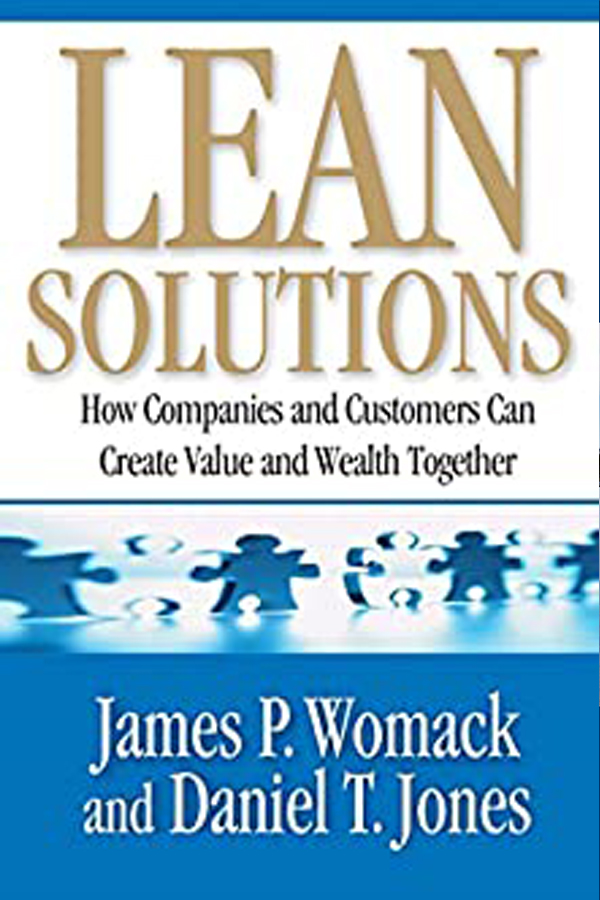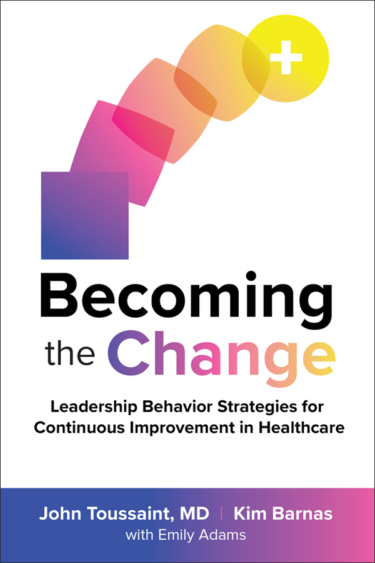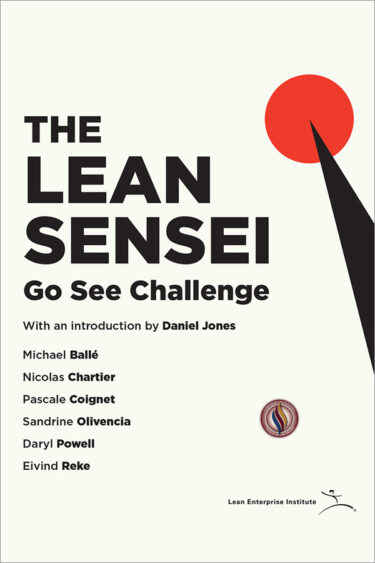Shingo Research Prize recipient for 2006
A massive disconnect exists between consumers and providers today. Consumers have a greater selection of higher quality goods to choose from and can obtain these items from a growing number of sources. Computers, cars, and even big-box retail sites promise to solve our every need. So why aren’t consumers any happier? Because everything surrounding the process of obtaining and using all these products causes us frustration and disappointment. Why is it that, when our computers or our cell phones fail to satisfy our needs, virtually every interaction with help lines, support centers, or any organization providing service is marked with wasted time and extra hassle? And who among us hasn’t spent countless hours in the waiting room at the doctor’s office, or driven away from the mechanic only to have the “fix engine” light go on?
In their bestselling business classic Lean Thinking, James Womack and Daniel Jones introduced the world to the principles of lean production—principles for eliminating waste during production. Now, in Lean Solutions, the authors establish the groundbreaking principles of lean consumption, showing companies how to eliminate inefficiency during consumption.
The problem is neither that companies don’t care nor that the people trying to fix our broken products are inept. Rather, it’s that few companies today see consumption as a process—a series of linked goods and services, all of which must occur seamlessly for the consumer to be satisfied. Buying a home computer, for example, involves researching, purchasing, integrating, maintaining, upgrading, and, ultimately, replacing it.
In this landmark book, James Womack and Daniel Jones deconstruct this broken producer-consumer model and show businesses how to repair it. Across all industries, companies that apply the principles of lean consumption will learn how to provide the full value consumers desire from products without wasting time or effort—theirs or the consumers’—and as a result these companies will be more profitable and competitive.
Lean Solutions provides compelling examples ranging from a variety of companies. Fujitsu, a leading service company for technology, has transformed the way call centers solve problems— learning how to eliminate the underlying cause of current problems rather than fixing them again and again. Tesco’s lean provision systems have enabled the company to emerge as the leanest, highest-quality, and best-managed retailer in Europe. An extremely successful car dealership has adopted lean principles to streamline its business, making for dramatically reduced wait time, fewer return trips, and greater satisfaction for customers— and a far more lucrative enterprise. Managers at every stage of their journey will benefit from Lean Solutions by learning to see new ways to improve their processes in the service of providing value to customer
From Lean Solutions
“Consumption should be easier and more satisfying due to better, cheaper products. Instead it requires growing time and hassle to get all of our goods and services to work properly and work together. And this seems very strange when we stop to consider that satisfying consumption is the whole point of lean production.”
Womack and Jones address this issue by expanding their principles to the next logical area, staying true to the heart of lean. “As we grasped the situation, we realized that we needed to heed our principles of lean production by returning to the starting point, the question of value. We needed to ask what consumers really want in the era ahead. Then we needed to rethink consumption from first principles as a process—like production, but from the opposite direction—in order to discover a better way from consumers to obtain the goods and services they want now. We call this process lean consumption.
“Lean consumption must have a companion process. Companies must provide the goods and services consumers actually want, when and where they are wanted, without burdening the consumer. We’ve used the term ‘lean production’ in the past, but too many managers act as if production stops at the office door or the factory gate. So we now use the term lean provision, which comprises all of the steps required to deliver the desired value from producer to customer, often running through a number of organizations.
“Most of us find it easy to think about consumption when we are consumers and easy to think about provision when we are at work. But all of us find it difficult to see these interlocking processes together as a unified value stream. As we have walked through a range of industries in recent years, from airlines to healthcare to automotive repair services, we have repeatedly observed consumers and employees struggling valiantly with misaligned consumption and provision processes that alienate customers, drain away profits, and burden staff with feelings of rage and despair. Yet they soldier on in a fog of mutual incomprehension.
“As we continued our investigations—visiting many companies in many industries in many countries—we began to see that if truly lean provision can be married to truly lean consumption, life can be better for consumers, more satisfying for employees, and more profitable for providers. A win-win-win is possible in which providers, employees, and consumers create lean solutions together. This fundamental insight led directly to this book.”
Chapter Downloads:







Reviews
There are no reviews yet.